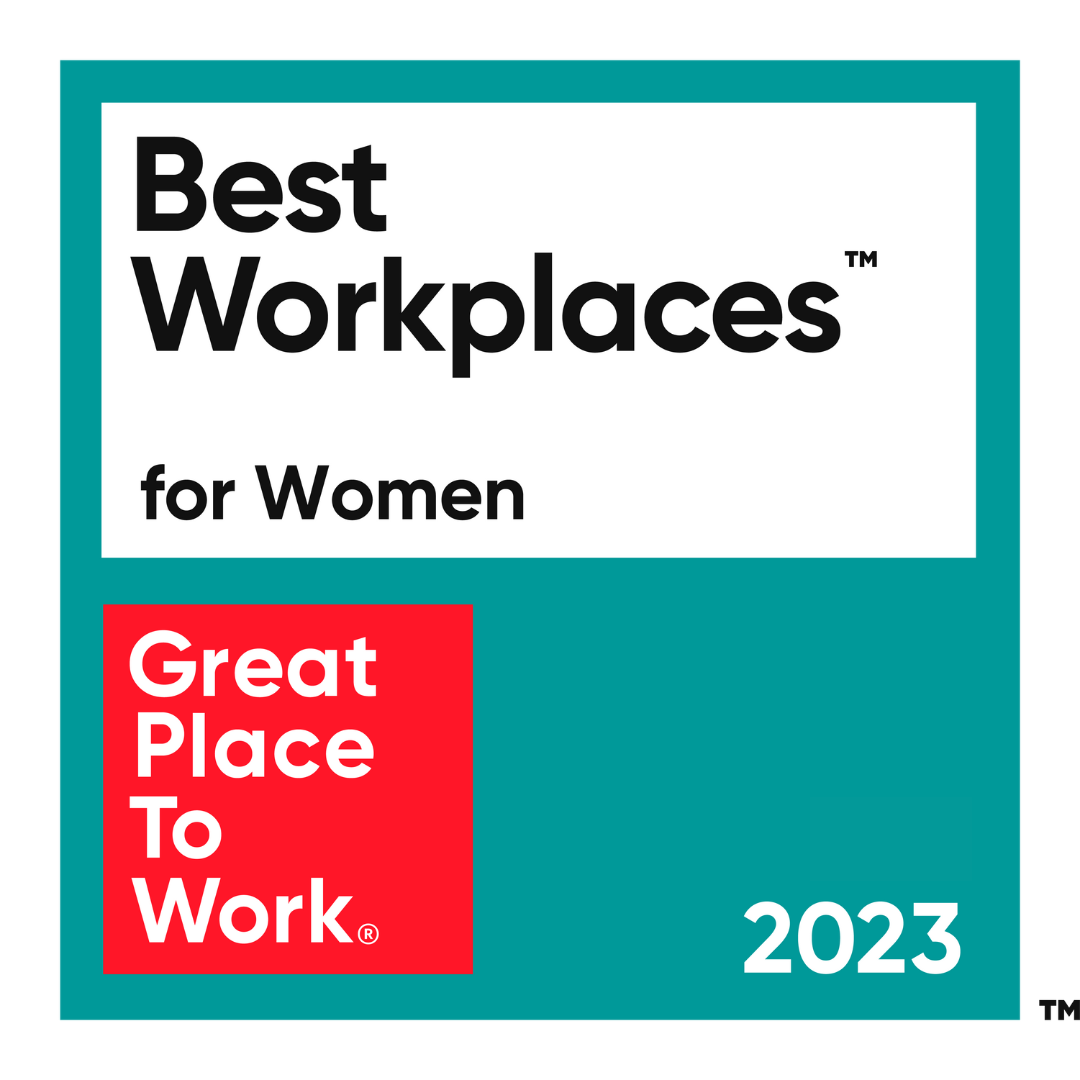Brands Deserve Better Media
A weekly column from @tomjdenford
Brands are unlocking dollars from programmatic waste after ANA report
Windfall alert! Do you fancy being part of an industry-wide claw-back of $22B that is being lost to waste in the programmatic supply chain? Read on. It's real and it's achievable.
“There is some $22 billion in efficiency gains available to the client-side marketer community.” - Association of National Advertisers (ANA)
Woop! Over the last decade, as programmatic spending drastically increased, industry governing bodies across the globe have carried out extensive research to support advertisers in an effort to uncover and bring clarity to what has been the often murky, or opaque at best, programmatic supply chain.
Over the last decade, through the great work of organizations like the WFA, the ANA, ISBA, and WARC, there have been great strides in the information available to advertisers to help take greater control of their programmatic investments. The latest ANA Programmatic Media Supply Chain Transparency Study continues this trend of thorough and detailed research with actionable recommendations for advertisers.
$22 Billion for the Taking
The overarching headline from this report will no doubt be that, of the $88 billion in open web spending, around 25% is wasteful or unproductive. The figure amounts to one in four dollars meaning there is an opportunity for $22 billion in efficiency gains. However, the true value of the report lies in the detail into how advertisers can capitalize on this opportunity for increased efficiency.
Like all previous programmatic supply chain reports, the document includes a cost waterfall. However, the ANA has advanced the waterfall further by grouping key entities across the supply chain into two buckets:
1 - Transaction costs: the direct costs of utilizing technology when buying programmatically (which are typically fixed and linked to spend levels) e.g., DSP fees, DSP feature costs, data costs & SSP fees as well as information/data access.
2 - Loss of media productivity costs: the elements relating to inventory selection, cost & quality that are much more dynamic e.g., inclusion lists, non-viewable/non-measurable and IVT impressions, MFA spend, TrueCPM optimization & sustainability.
An Exhaustive Playbook for Programmatic
To enable advertisers to leverage the opportunity for savings, improve efficiencies, and reduce the carbon footprint of their programmatic media activity, the ANA has identified 12 overarching topics and subsequent recommendations that sit across one of the two cost buckets.
“The challenge for advertisers is not what to do (the report provides plenty of guidance), the challenge is to know where to start.” - Advertiser
Great advice. Read it selectively.
Advertisers reading the report may quickly become overwhelmed under the assumption that all recommendations must be achieved as soon as possible, however, that is not the case. It’s critical for advertisers to understand that each of the recommendations provided by the ANA varies in complexity and applicability meaning each needs to be understood and considered.
For example, implementing an inclusion list is fairly quick and easy, however accessing log-level data from every ad tech vendor across an advertiser’s supply chain is a much more complex, costly, and time-consuming task. Furthermore, recommendations to tackle information asymmetry, and improve inventory quality and sustainability are likely to apply to every advertiser, however establishing a direct SSP contract may not be relevant until an advertiser reaches $50–$100 million in annual spending.
What kind of programmatic advertiser am I?
Important question. Working with a third party to assess current programmatic operations across both the advertiser and the agency is imperative. Through this evaluation process, advertisers are able to understand the most applicable and impactful actions for their current state. Relevant actions can then be ranked in terms of implementation complexity with a roadmap developed to enable the execution of each in a systematic manner and a plan to implement more complex improvements at a suitable time.
ID Comms’ Programmatic Maturity Scorecard gives advertisers a clear picture of the current state of their programmatic media investments and gives a clear, easy-to-follow roadmap to affect change.
This FREE, ten-minute assessment will guide you to your starting point and give you easy-to-follow steps to see better programmatic results.
With the appropriate support and guidance, advertisers can take greater control of their programmatic investments leading to increased knowledge, savings, efficiency, transparency & sustainability.
Brands deserve better from programmatic. When brands get the media they deserve they flourish.
When brands grow, we all win!
Tom
This post was featured in ID Comms’ weekly column, Brands Deserve Better Media. Each week, CEO Tom Denford shares insights on media and advertising and inspires us to work together to build a better future for the industry.
Sign up here to receive the weekly column and to stay in the loop with other industry and ID Comms happenings.






COMMENTS